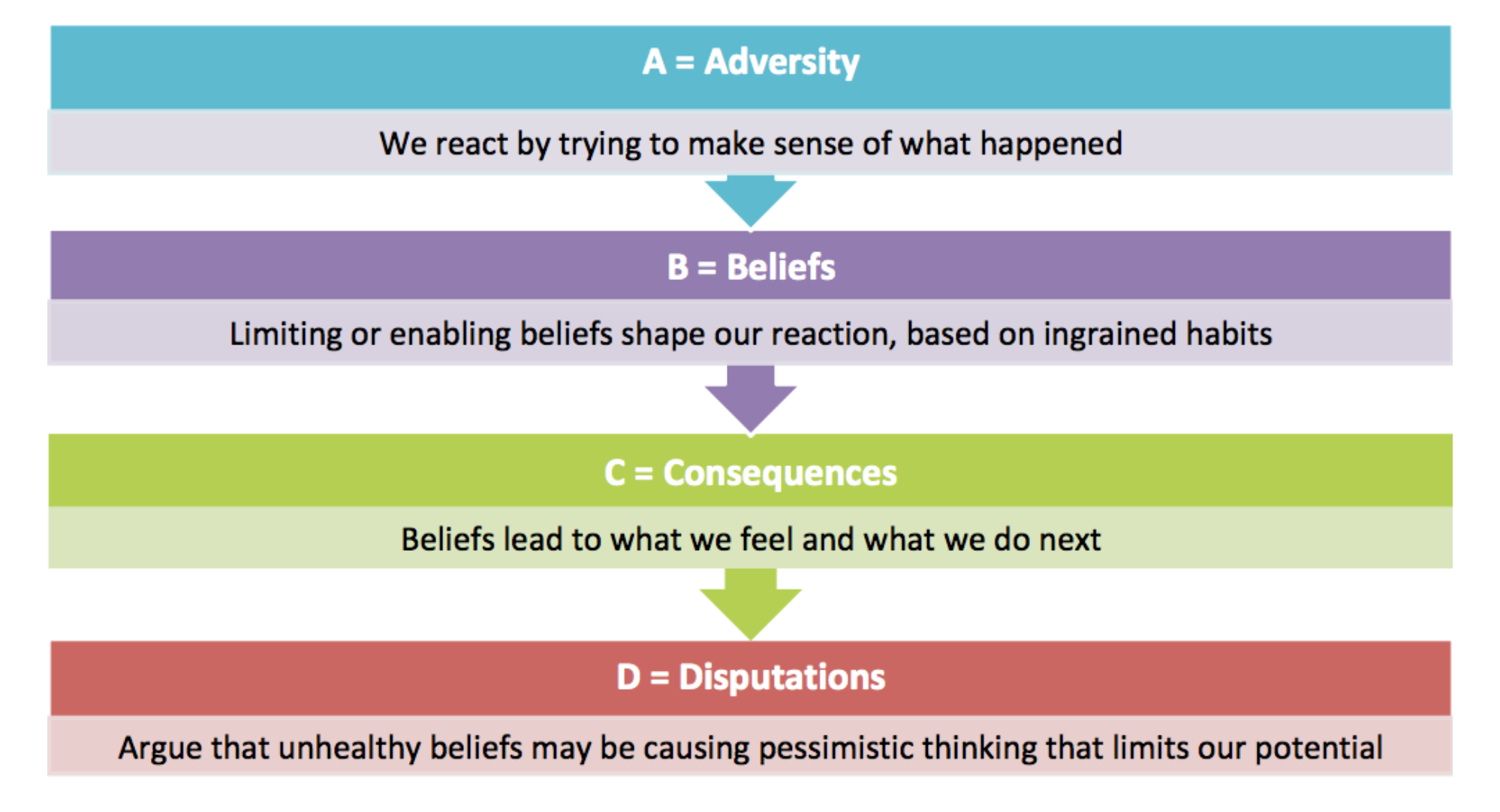
How to Advocate for Your Nonprofit Budget for Volunteers
When you think about increasing your nonprofit budget for your volunteer program, do you see a chain link fence or a wide open field?
What you see may impact what you are able to achieve.
As industrialist Henry Ford noted, “Whether you think you can, or you think you can’t, you’re right.”
Volunteers bring strategic value to organizations in the form of special expertise, goodwill, connections to community, compassionate service delivery, and increased trust in the public eye.
However, when we look at what’s included in the nonprofit budget for volunteers, it often falls short. This fact appears to be consistent across countries.
In the Volunteer Management Progress Report, our global state-of-the industry survey, we found a prevalent scarcity mindset (aka poverty mindset) around volunteers and nonprofit budgets. It appears to be having an impact on program effectiveness.
What Other Volunteer Managers are Saying
Here are just a few quotes from volunteer managers about the lack of a sufficient nonprofit budget for their volunteer program …
“Finding resources to actually properly develop management of volunteers, takes a lot of time, effort, and human resources, but we don’t find the money to finance all this.”
“We don’t have a budget for the volunteer program, so finding ways to appreciate the volunteers year-round is a struggle. Many places that we would normally tap for volunteer donations are already approached for our annual fundraiser and our development director has an informal policy of not asking twice.”
“Despite overseeing a volunteer program valued at over $10 million annually, I still do not have a dedicated budget for the volunteer program.”
“The field seems to be filled with overworked and underpaid professionals. So often, organizations don’t value the volunteer engagement work enough to even have dedicated staff doing the work, but add it as “other duties” with no awareness of the amount of work coordinating volunteers is.”
“As a department of 1 for 250 active volunteers in 30 different programs, things like targeted recruitment campaigns are impossible to properly execute. Between being a secretary, coordinator, manager, and director all in one there is no time to excel at anything. We say volunteers are integral to our mission, but we don’t back that up with the resources (human and financial) to properly recruit, train, recognize them.”
You get the picture. And, chances are, you feel a similar tension at your own nonprofit. So what are we to do?
It Starts With Our Own Beliefs
Breaking the current poverty mindset around volunteer services may rest, at least initially, with those who already recognize the pressing need for adequate resources — volunteer managers themselves.
This might start by addressing our own limiting beliefs about what is possible.
In the face of multiple rejections, it’s easy to assume that nonprofit budgets to support volunteering won’t change. In fact, our minds are wired to work that way.
We humans have a built-in tendency to create patterns of understanding in our quest to understand the world. This tendency has helped us to survive as a species, but it may work against us here. We learn rapidly by associating different things with each other, giving birth to patterns.
The problem with this unique ability is that it can create connections that are false. Although this feels counter-intuitive, in reality, most of our beliefs are not entirely true. They are formed at an emotional, rather than, rational level in the human brain.
So, as we recognize recurring patterns, we form limiting beliefs that create false boundaries. These tell you what you can’t do or what you can’t achieve, even what you can’t be.
How Limiting Beliefs are Formed & Can Be Disputed

Examining Your Limiting Beliefs
Swapping negative limiting beliefs with positive, enabling ones can have a huge impact on what we believe can be possible and thus our motivations and actions to move toward a different future.

If we truly believe change can happen, we are reluctant to resign ourselves to failure, and we keep trying new tactics until we get a result. Alternately, when we accept (and believe) we will never receive the resources we need, we simply stop trying.
You can disrupt limiting beliefs around increasing your nonprofit budget for volunteer services by disputing some of your own assumptions about the perceptions of others, how they view volunteers, and the extent of the change that might be possible.
Start by asking yourself …
What do I believe, at heart, about the resources my program needs? Do I believe we warrant full funding?
What doubts or worries do I have about my part? Is it helpful to think this way?
Aside from what I believe now, what other reasons could be behind a lack of sufficient funding, time, or resources? Is it that people don’t care, or is there another underlying reason?
What proof do I have as to who’s at fault, how permanent the lack of resources will be, or how pervasive the lack of support for volunteers is?
If true, is it truly catastrophic?
What can I constructively do to educate others and advocate for our true needs? Is it worth it? Why?
In short, what do I know for sure?
Then, seek to replace your old belief system with new statements of abundance.
Breaking the Scarcity Mindset Around Your Nonprofit Budget
We can re-frame limiting beliefs by replacing them with enabling beliefs and “acting as if” they are true. This is an effective tactic even when we can’t be certain in the final outcome.
Below are some examples of enabling beliefs. Use these mantras, or create your own …
Probability
My request for a dedicated nonprofit budget might work, so I might as well give it a go.
If I keep doing what I’ve always done, I’ll get what I’ve always got.
Ability
I can get my program fully funded if I keep trying.
There are no mistakes or failures, only lessons to learn along the way.
Existence
I am intelligent and I can learn how to get buy-in from others.
I do not need permission from others to take steps to get more resources.
Respect
My program needs are as important as others at my agency.
Respect for my work comes from within not from without.
Your enabling beliefs might not be completely true right now, but they will help you move forward with more confidence. With repetition, you can train your brain to see different patterns. Your mind will also begin seeking evidence that your new belief is true.
Does this mean you can change everything simply by changing your mindset? No one can be sure. But your mindset, along with specific action on your part, will make a difference.
Start Building a Nonprofit Budget for Volunteers Today!
One specific task you should take on, along with your abundance mindset, is building a solid budget for your program, even if it’s a 100% in-kind budget. (see our recent blog post how to build a volunteer budget). You’ll need the support of your decision-makers, and taking the initiative to put your budget together is a great first step in claiming your space in the organization’s budget priorities.
But, consider this. If you have limiting beliefs, they may be getting in the way of seeing and seizing opportunities. Also, leaders who might approve more funding could be taking cues from your attitude. Neither one is getting you closer to positive numbers on your budget line.
There are things beyond your control, but your mind and perspective are not among them.






